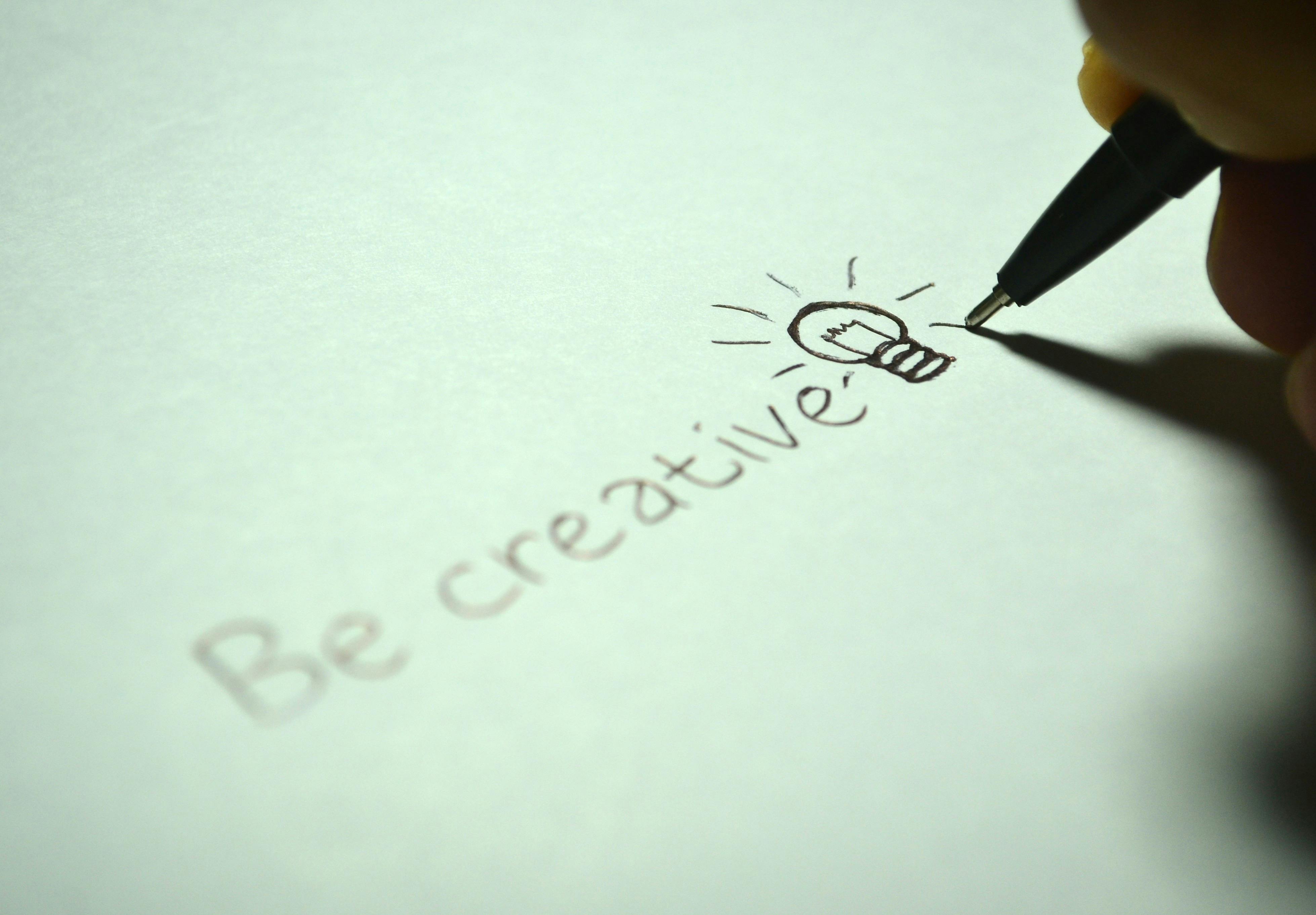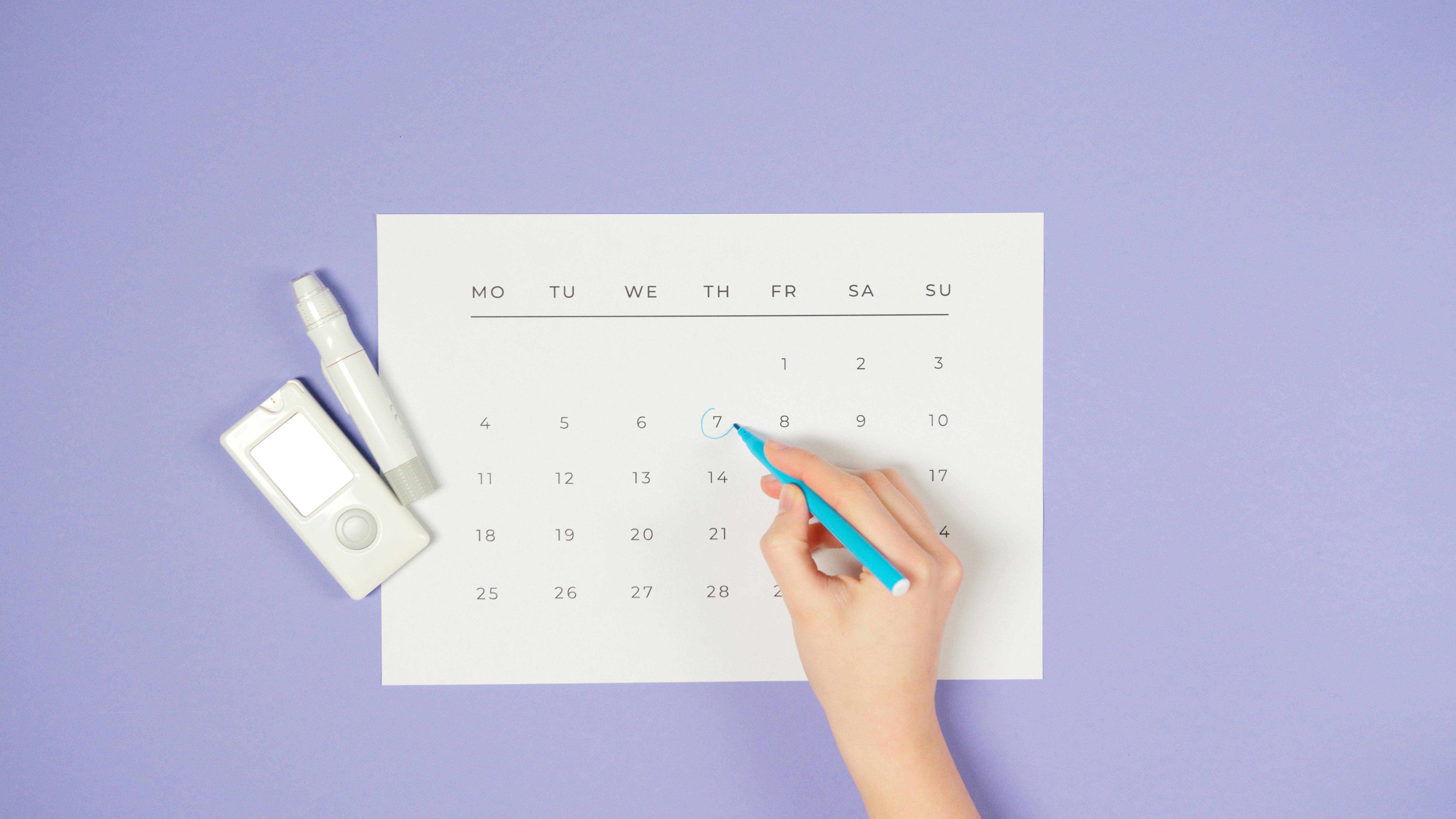Effective Email Management Strategies for Executives

Table of contents
The Path to Becoming an Athena Assistant
Only the top 1% of applicants make it to the Athena Bootcamp – an acceptance rate more exclusive than Harvard University.
If you’re a busy executive or working in a fast-paced field, your inbox will be a frenzy of decisions, tasks, and information. Without a clear system, it’s easy to lose track of your communication, and when emails pile up, they can create stress and inefficiency.
Read on to discover 12 effective email management strategies to help you take control of your inbox.
Why Are You Overwhelmed by Emails?
When it comes to email management, many of us fall into the same patterns and bad habits. These are some of the most common reasons why your inbox productivity can suffer:
- Delaying responses: Some emails are urgent and require immediate action, while you can immediately delete others. However, many people procrastinate when tackling the ones in the middle: relatively important emails that don’t require immediate action. You might put off replying until later, only to forget about them.
- Receiving too many emails: It doesn’t take long to wind up on dozens of email lists. Low-priority communications like newsletters and promotional emails can quickly bury more critical items.
- Not implementing a system: If you don’t have an email management system in place, your messages will likely display in the order you received them. Searching through a stack of recent messages to find an important one is inefficient and often leads to emails falling through the cracks.
- Using your inbox to manage tasks: Many individuals use their inboxes for task management. It’s understandable since that’s where many of our tasks originate, but they don’t function well as task managers. Use a dedicated task management system and calendar to organize your work.
Consider hiring an Athena Assistant to manage your inbox, handle important communication, and prioritize tasks.
{{in-line-cta}}
12 Email Strategies to Keep Your Inbox Clean
Dealing with a cluttered inbox wastes time and makes it harder to focus on high-impact work. The following 12 strategies will help streamline communication and reduce digital noise.
1. Set Specific Times to Check Emails
The constant ping of new emails can be a huge distraction. Instead of reacting to every one as it arrives, turn off push notifications and schedule time blocks throughout the day to concentrate on emails. The 3-21-0 technique is an email management tool that can help. Here’s how it works:
- 3: Only check email three times per day: first thing in the morning, right after lunch, and before you leave work.
- 21: Don’t allow your email-checking sessions to exceed 21 minutes.
- 0: Aim for Inbox Zero by the end of the day, which means every message has been dealt with.
You can adapt the timing to fit your workflow, but the key is compartmentalizing email time.
2. Use Folders, Labels, and Filters to Organize
Most platforms, such as Gmail and Outlook, let you set up an email management system with labels or folders. Use these to sort emails by sender, project, or urgency. Don’t add too many categories, though — the idea is to organize your inbox, and too many folders can be just as confusing as too many emails.
3. Delete or Archive Emails Regularly
Clear your inbox of older, unwanted emails. You can use search and bulk deletion features to save time. Then, rigorously delete unnecessary emails as they come in and archive any you want to keep that don’t require further attention.
4. Unsubscribe from Emails You Don’t Need
Both Gmail and Outlook have embedded unsubscribe buttons in each email, making it easy to remove yourself from newsletters. This will filter out future emails from unwanted senders. Be judicious when subscribing to new lists and promotional emails — some companies allow you to check an opt-out box for marketing emails.
5. Use Templated Responses
Email templates allow you to use the same formatting and wording for multiple emails, so you don’t have to spend time typing out the same replies. Create a range of templated responses and save them for later use to streamline communication.
6. Apply the Two-Minute Rule
The two-minute rule promotes greater efficiency, encouraging you to immediately handle tasks that take under two minutes to complete. For example, if you receive a request for information that you have readily available, respond right away. If the email requires an action that will take more than two minutes, set a reminder on your calendar to complete it later or enter it into your task management system.
7. Touch It Once
Re-reading emails is inefficient and often unnecessary. When you open a new email, read it and decide how to act on it. If you don’t have time to handle it in the moment, move it to a folder or label for items to work on later.
8. Use Shared Inboxes for Team Collaboration
When multiple people are tied to a group email address (i.e., “operations@” or “customerservice@”), shared inbox tools like Front and Help Scout let team members collaborate in one centralized system. These tools can track response times, enable internal commenting, and help avoid duplicate replies.
9. Connect Your Email With Other Tools
Many software platforms allow integration with Outlook, Gmail, and other major email providers. Connect project management tools like Slack, Asana, and Notion to your email server for a smoother workflow and better time management — turning emails into tasks in one click.
10. Keep Emails Concise
If quick responses often become lengthy essays, you may spend too much time writing them. Keep your communication clear and concise when possible, and if you need to address more than one topic, consider breaking it down into separate emails.
11. Employ a Five-Email Rule
Try to limit yourself to sending five emails per day, While this may not always be practical, the idea is to set a cap on your outgoing messages, which forces you to be intentional and strategic with your communication. To reduce email volume without sacrificing responsiveness, consider the following questions before hitting send:
- Does this email require a response?
- Does that response have to be from me, or can I delegate it?
- Do I have an appropriate template for my response?
Using these questions to filter your responses can help you cut down on low-impact email activity.
Get started with an Athena Assistant
An Athena Assistant can help you turn an overloaded inbox into a systemized communication tool. From day one, your dedicated assistant can sort and prioritize emails, draft responses in your voice, and create templates.
Athena Assistants don’t just complete tasks — they build systems, bringing a strategic mindset to every assignment. That includes setting up an efficient email management workflow that means fewer distractions and greater productivity.
Optimize your communication and get started with an Athena Assistant today.
Elevate your leadership by delegating smarter. Partner with an Athena Executive Assistant and reclaim the time you need to focus on growth.
Partner with an Athena Executive Assistant




.webp)














